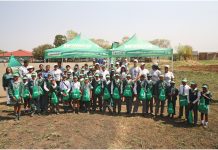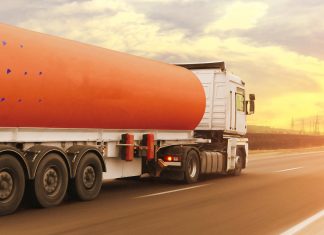The Goodyear Tyre & Rubber Company plans to test tyre components in space as part of a project in the International Space Station (ISS) U.S. National Laboratory, through an experiment expected to launch later this year.
In the microgravity environment of the space station, Goodyear will study the formation of silica particles, a common material used in consumer tyres. By gathering knowledge from this evaluation, Goodyear engineers and scientists can determine if further investigation of unique forms of precipitated silica should be considered in tyres.
“Goodyear has been a pioneer in tyre innovations related to space, with the first and only tyres on the moon, numerous projects with NASA and now this,” said Eric Mizner, Goodyear’s director of global materials science. “It underscores our passion for going to the ends of the earth – and beyond – to develop new technologies that help us deliver breakthrough products with true consumer benefits.”
Goodyear made the announcement during the ISS Research and Development Conference, held in San Francisco. Recent academic experiments in microgravity conditions have demonstrated the ability to generate unique morphologies that could show potential in delivering higher performance products. Should a breakthrough take place with this Goodyear investigation onboard the ISS U.S. National Laboratory, it could lead to improvements in fuel efficiency and other performance factors.
The in-space evaluation is being conducted through an agreement with the Centre for the Advancement of Science in Space (CASIS), the organization tasked by NASA to manage the ISS U.S. National Laboratory.
“The ISS National Lab can provide companies and researchers opportunities to evaluate materials within their product line and in ways not previously possible,” said CASIS Director of Commercial Innovation Cynthia Bouthot. “Goodyear sending an investigation to the space station further demonstrates that companies are thinking creatively to enhance their product lines, while also looking at humanitarian ways to improve the condition of our planet.”
To learn more about the on-orbit capabilities of the ISS U.S. National Laboratory, including past research initiatives and available facilities, visit www.spacestationresearch.com.














